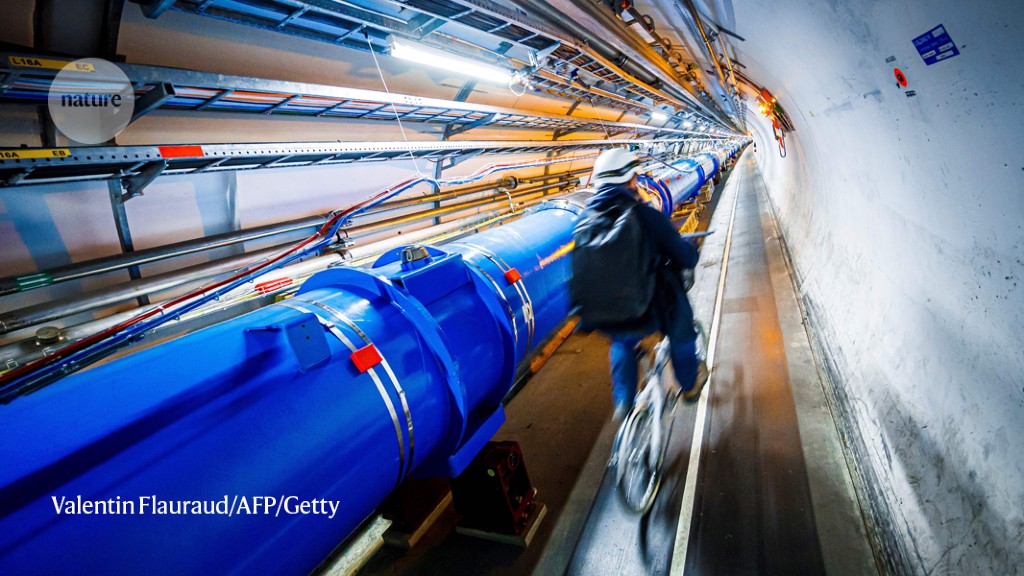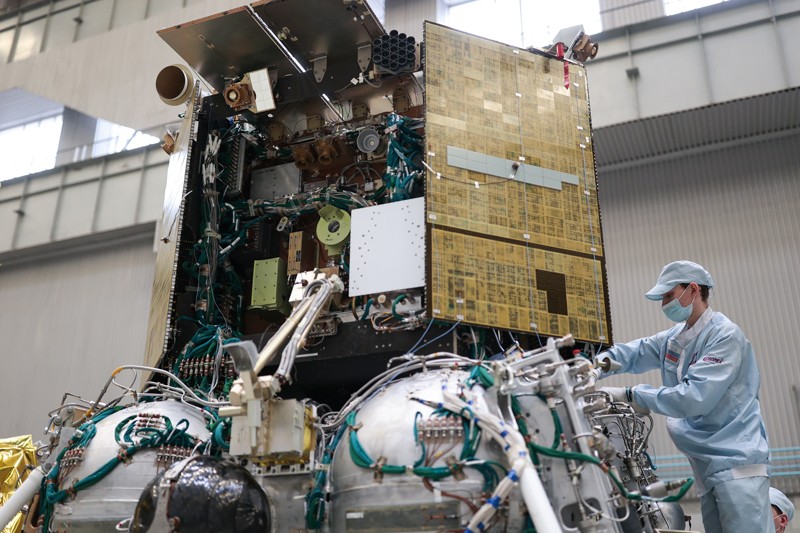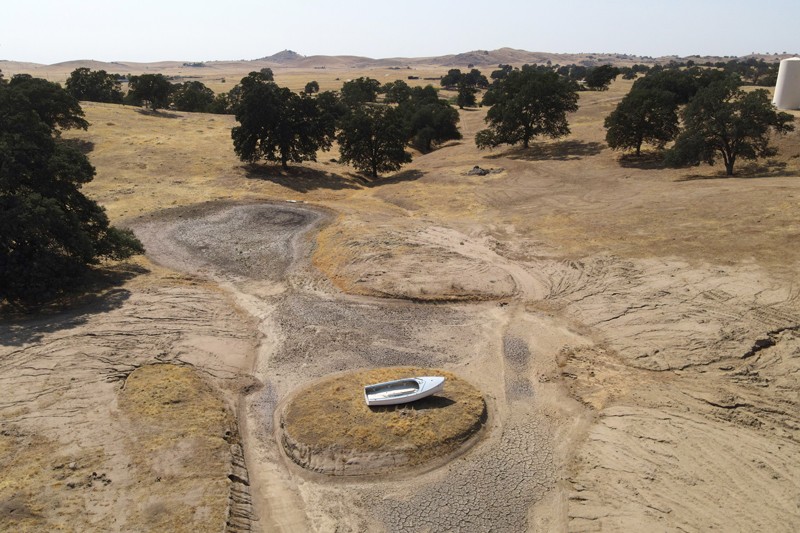COVID continues
As the world enters the third year of the COVID-19 pandemic, with no end in sight, an immediate challenge is to better understand the impact of Omicron — the fast-spreading coronavirus variant that was first spotted at the end of November — and the threat it poses. Early results indicate that vaccines are less effective against Omicron; scientists are still racing to find out more about the severity of the disease it causes.
In 2022, researchers and public-health authorities will also continue to monitor the rise of new SARS-CoV-2 variants, as well as the long-term effects on people who have recovered from infection.
Wealthy countries have begun giving their populations booster shots of existing vaccines, and these roll-outs are likely to continue amid concerns about Omicron. But nearly half the world’s population has not yet received a single dose of a vaccine. One big question is whether pharmaceutical companies will waive patents or take other steps to help make their vaccines more affordable for lower-income countries, to begin filling the huge gap in global coverage. Meanwhile, discussions about the origins of the virus will probably continue. The World Health Organization has renewed its efforts to solve the riddle, by appointing a team of 26 scientists.
Vaccines upgraded
Vaccine developers have set their sights on the next generation of vaccines designed to protect against the rapidly evolving coronavirus. Next year could see the development of messenger RNA vaccines that are targeted to specific variants, and some public-health officials are hoping for an increased role for vaccines using other technologies. Protein-based vaccines are a more conventional kind of immunization — some have been used for decades against diseases including hepatitis and shingles — and in 2021 they have shown promise in phase III COVID–19 clinical trials. Vaccines based on DNA are cheaper to manufacture than mRNA vaccines and do not require cold storage, so could be good alternative for lower-income countries.
Progress on vaccines is also expected for other major viruses and diseases, including HIV, malaria and Lyme disease.
Big physics bonanza
After a multi-year shutdown and extensive maintenance work, the Large Hadron Collider is scheduled to restart operations at CERN, the European particle-physics laboratory outside Geneva, Switzerland, in June. The LHC’s major experiments ATLAS and CMS were upgraded and expanded with additional layers of detector components. This will enable them to collect more data from the 40 million collisions of protons each of them produces every second.
And after their own upgrades, the world’s four gravitational-wave detectors — one in Japan, one in Italy and two in the United States — will begin a new observing run in December.
At Michigan State University in East Lansing, the Facility for Rare Isotope Beams is expected to start operations in early 2022. The US$730 million multi-stage accelerator aims to synthesize thousands of new isotopes of known elements, and it will investigate nuclear structure and the physics of neutron stars and supernova explosions.
Moon missions
A veritable armada of orbiters and landers from space agencies and private companies is scheduled to leave for the Moon in 2022. NASA will launch the Artemis I orbiter in the first test of the long-overdue launch system that is intended eventually to take astronauts back to the surface of the Moon. And the agency’s CAPSTONE orbiter will conduct experiments in preparation for the Gateway, the first space station to orbit the Moon.
India’s third lunar mission, Chandrayaan-3, aims to be its first to make a soft landing (one that doesn’t damage the craft) and will carry its own rover. Japan will also attempt its first soft landing on the Moon, with the SLIM mission, and Russia is aiming to revive the glory of the Soviet lunar programme with the Luna 25 lander. The Korea Pathfinder Lunar Orbiter will inaugurate South Korea’s own Moon exploration.
On the private side, Tokyo-based company ispace is launching the Hakuto-R lander, which will carry the United Arab Emirates’ Rashid Moon rover. Two US companies, Astrobotic Technology in Pittsburgh, Pennsylvania, and Intuitive Machines in Houston, Texas, are readying probes that will carry NASA instruments to the lunar surface.
To Mars and the stars
Another epic space journey to watch will be the joint Russian–European ExoMars mission, which is scheduled to blast off in September and will carry the European Space Agency’s Rosalind Franklin rover to Mars, where it will search for signs of past life. The launch was originally scheduled for 2020, but was delayed partly because of issues with the parachutes needed to touch down safely.
China also plans to complete its space station, Tiangong, and has lined up more than 1,000 experiments for it, ranging from astronomical and Earth observation to the effects of microgravity and cosmic radiation on bacterial growth.
Climate action
Energized by this year’s COP26 summit in Glasgow, UK, delegates from around the world will converge on Sharm El-Sheikh, Egypt, in November 2022 for COP27, another round of United Nations climate talks. Countries are expected to come up with climate commitments consistent with the 2015 Paris agreement goal of limiting global warming to well below 2 ˚C above pre-industrial temperatures. In the meantime, researchers will be monitoring greenhouse-gas emissions following pledges made at COP26 — which included promises to reduce the use of coal and cut methane emissions. After a pandemic-induced dip in 2020, carbon emissions have rebounded in 2021.
Push to save biodiversity
Countries are working on a new set of targets to slow down the loss of biological diversity. The Aichi Biodiversity Targets, established in 2010, were mostly missed by their 2020 deadline. The next meeting of parties to the UN Convention on Biological Diversity — originally planned for 2020 — is scheduled to take place in Kunming, China, from 25 April to 8 May, but concern over the Omicron variant of SARS-CoV-2 might scupper those plans yet again. Habitat loss and other factors linked to human activity have put an estimated one million plant and animal species at risk of extinction.








More News
Risks of bridge collapses are real and set to rise — here’s why
Keep an open mind on faster-than-light ‘tachyons’ as the source of quantum entanglement
‘Stop the xenophobia’ — South African researchers sound alarm on eve of election